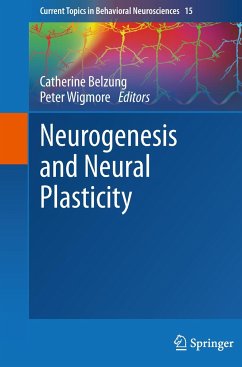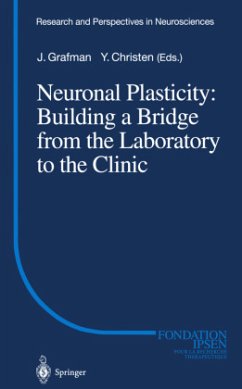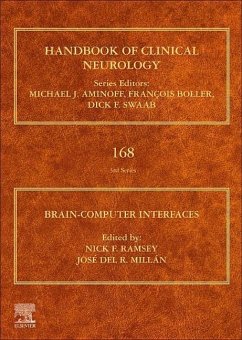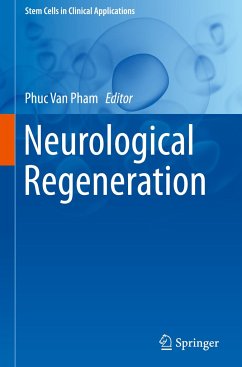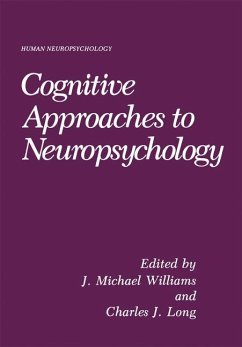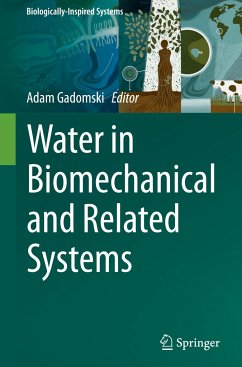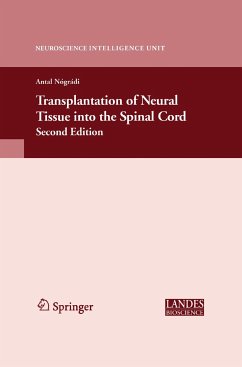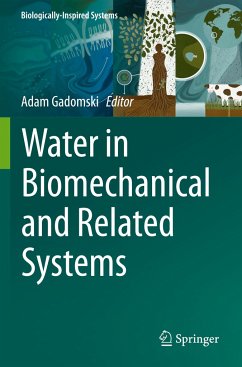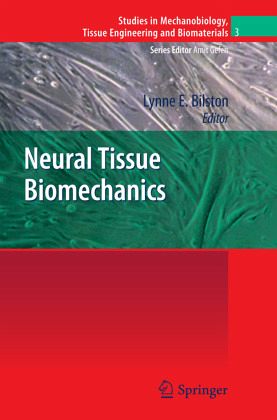
Neural Tissue Biomechanics

PAYBACK Punkte
57 °P sammeln!
Damage to the central nervous system resulting from pathological mechanical loading can occur as a result of trauma or disease. Such injuries lead to significant disability and mortality. The peripheral nervous system, while also subject to injury from trauma and disease, also transduces physiological loading to give rise to sensation, and mechanotransduction is also thought to play a role in neural development and growth. This book gives a complete and quantitative description of the fundamental mechanical properties of neural tissues, and their responses to both physiological and pathologica...
Damage to the central nervous system resulting from pathological mechanical loading can occur as a result of trauma or disease. Such injuries lead to significant disability and mortality. The peripheral nervous system, while also subject to injury from trauma and disease, also transduces physiological loading to give rise to sensation, and mechanotransduction is also thought to play a role in neural development and growth. This book gives a complete and quantitative description of the fundamental mechanical properties of neural tissues, and their responses to both physiological and pathological loading. This book reviews the methods used to characterize the nonlinear viscoelastic properties of central and peripheral neural tissues, and the mathematical and sophisticated computational models used to describe this behaviour. Mechanisms and models of neural injury from both trauma and disease are reviewed from the molecular to macroscopic scale. The book provides a comprehensive picture of the mechanical and biological response of neural tissues to the full spectrum of mechanical loading to which they are exposed. This book provides a comprehensive reference for professionals involved in pre prevention of injury to the nervous system, whether this arises from trauma or disease.






